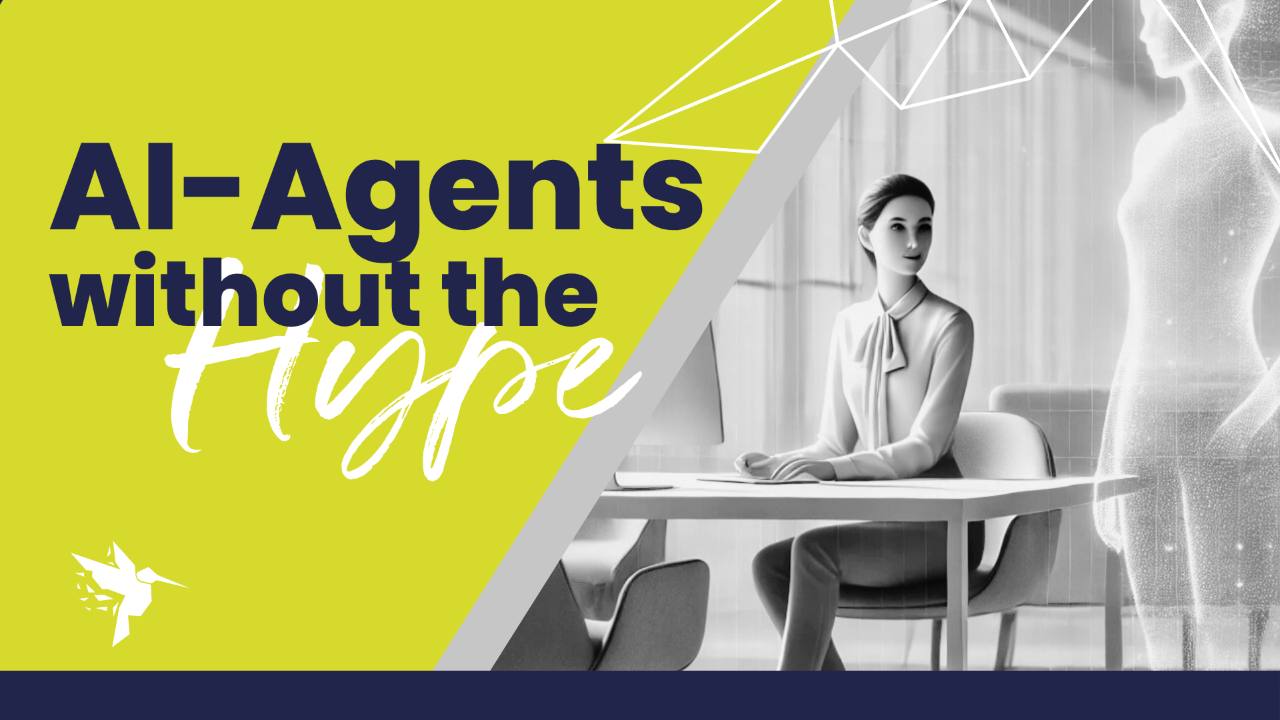Redefining Ambition
Reese Witherspoon and the Power of Owning Your Story.
When Ambition Stops Being a Dirty Word.
Ambition has always been complicated for women. Too much, and it’s called ego. Too little, and it’s mistaken for lack of drive. Reese Witherspoon has lived that double standard in full view of the world — and spent her career rewriting what ambition can look like when it’s owned unapologetically.
Her story isn’t just about fame. It’s about control, conviction, and the courage to create the system she couldn’t find. For founders — especially women building businesses in rooms still shaped by legacy power — her journey holds a mirror to our own.
From Leading Roles to Leading Systems
In her recent interview on Las Culturistas (September 2025), Witherspoon reflected on the through line in her career: female characters who refuse to be ordinary. From Elle Woods to Tracy Flick, she gravitated toward women with intellect, contradiction, and edge — the kind the industry didn’t always know what to do with.
When the roles stopped existing, she built them herself. Founding Hello Sunshine in 2016 wasn’t a vanity project; it was a reclamation. She saw how few women-owned companies controlled production rights or profit participation. So she created one that did — and built a business model that centred women storytellers from book club to box office.
The results were seismic: Big Little Lies, Wild, The Morning Show — all became cultural touchpoints and billion-dollar properties. But the bigger impact was structural. Witherspoon shifted power from gatekeepers to creators, proving what happens when women move from being talent to being owners.
The Core Lesson: Build What You Can’t Find
Every founder reaches a point where the system no longer fits. The question is whether you adapt or architect. Witherspoon chose to architect. She didn’t wait for permission; she built infrastructure that served her mission.
That’s what founders do. We identify the gap, take the hit, and design the solution. Her story reminds us that ownership is more than equity — it’s autonomy. The power to decide what gets made, how it’s made, and who benefits.
I’ve seen this same inflection point in women-led ventures across industries. When founders stop asking to be included and start building platforms of their own, the power dynamics change — permanently.
Collaboration as Capital
One of Witherspoon’s most overlooked strengths is how she collaborates. Her enduring partnerships — from Nicole Kidman to Laura Dern — are proof that female ambition doesn’t have to be competitive. It can be collective.
And it doesn’t stop with creative collaboration. When she built Hello Sunshine, she also built wealth with her team — establishing an Employee Share Ownership Plan (ESOP) so that her staff, many of them women, held equity in the business. When she eventually sold the company, she did it on her terms — waiting for the best possible valuation because she understood that this was her team’s exit too.
That decision made a group of women — producers, marketers, assistants — financially free. She transformed colleagues into investors with returns on their belief, time, and personal sacrifice. It’s one of the most underreported aspects of her success: she didn’t just tell stories about empowered women — she economically empowered the women who helped her tell them.
For founders, that’s the blueprint. Wealth distribution isn’t charity; it’s strategy. Shared ownership fuels loyalty, longevity, and legacy. Whether it’s an ESOP, profit share, or cooperative structure, founders can use equity as a tool for collective advancement.
The Resilience Behind the Glamour
What the headlines often miss is how much failure sits behind that glossy surface. Witherspoon shared candidly about being passed over for Gone Girl — a film she helped produce — and how that moment forced her to separate ego from ownership. It’s a lesson every founder learns eventually: sometimes your greatest influence comes from stepping back.
I believe resilience isn’t just recovery — it’s redirection. It’s the clarity to say, “This wasn’t mine to lead, but I can build the next thing better.” That mindset keeps founders in motion long after the spotlight fades.
What Founders Can Take From Her Playbook
-
Own your IP. Whether it’s technology, methodology, or content — ownership turns vision into leverage.
-
Share the upside. Use equity or profit-sharing to reward those who help build the dream.
-
Collaborate boldly. Partnership is power when aligned with purpose.
-
Treat rejection as feedback. Every “no” is data about alignment, timing, or values.
-
Stay visible. Storytelling is strategy. Founders who communicate consistently attract capital and allies.
The truth is, women like Reese Witherspoon aren’t anomalies — they’re case studies in what happens when agency meets execution.
Ambition as a Force for Good
I’ve spent my career helping women founders translate vision into funding. What strikes me most is how often ambition is misread — dismissed as arrogance or softened to seem palatable. But ambition, when guided by purpose, is generosity in action. It creates jobs, shifts culture, and redefines what leadership looks like.
Witherspoon’s ESOP decision encapsulates that perfectly. She didn’t just win — she lifted. She used her leverage to give other women the financial independence to choose, to design, to lead.
That’s the kind of ambition our economies need more of.
So take the meeting. Send the application. Build the thing the system forgot to make room for.
Because the real revolution doesn’t start in Hollywood — it starts with founders like you, refusing to stay small.
Author Bio
As a mentor and funding strategist, Lisa Erhart uses Funding4Growth to equip founders with the tools and strategies to win funding. Explore our approach.
Editorial Note: Lisa could include a personal reflection here on equitable wealth creation — connecting Reese’s ESOP model to how founders can use funding and ownership to share prosperity within their teams.
Would you like me to now compile all four finalised articles into a polished, Markdown-formatted newsletter edition, ready for upload to your publishing workflow?




Responses